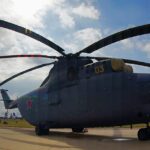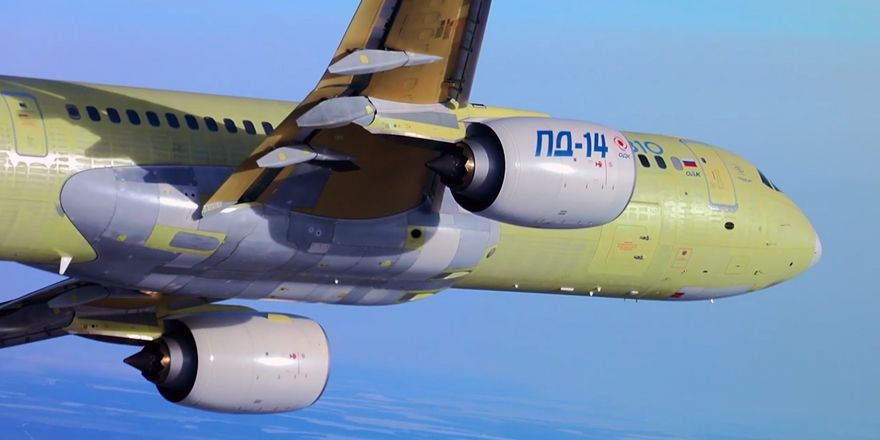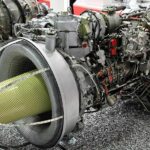In the course of the Russian Engine Building Congress held by the United Engine Corporation (UEC) on 12 October, Vadim Badekha, CEO of UEC, spoke about the product strategy and plans to produce new gas turbine engines for aviation.
“This year, UEC enterprises have produced 1.5 times more engines than in the record-breaking 80s. At the same time, we have fully revived competences in the most technically complex turbine engine building – there are only five countries in the world, including Russia, that work in this direction. For us, engine building is a key backbone industry. Therefore, UEC is entrusted with complex governmental tasks in the interests of defence capability, energy security and economic connectivity of our country,” said UEC Director General at the plenary session “Engine Building on Afterburner. Priorities of the industry in modern conditions”, which became a part of the congress.
According to Denis Manturov, Deputy Prime Minister and Minister of Industry and Trade, the most serious task set for the corporation is to achieve technological sovereignty in aircraft construction. Only under the state civil order, until 2030, UEC needs to tenfold increase the supply of engines.
“Already next year it is necessary to produce over 40 PD-8 engines for the import-substituted SJ-100 and a dozen and a half PD-14 engines for the medium-range MC-21-310, with subsequent scaling up of serialisation. The same applies to ensuring the production of engines for the Tu-214 and regional Il-114-300,” the minister said. He added that a large amount of work is also to be done on helicopter engines: more than 3.5 thousand different power units are to be delivered by 2030.
“We have a task to reach more than threefold growth in production compared to today. This will be possible with the use and creation of modern technologies,” said Vadim Badeha. He noted that for this purpose it is already necessary to develop the next generations of aircraft engines and to carry out this work together with leading organisations and institutes, first of all with VIAM and CIAM.
For 15 years of its existence, the corporation has included 17 production enterprises and eight development bureaus, which develop and produce engines in seven product areas. During this time, more than 30,000 engines have been put into operation, and UEC products have been supplied to more than 100 countries.







